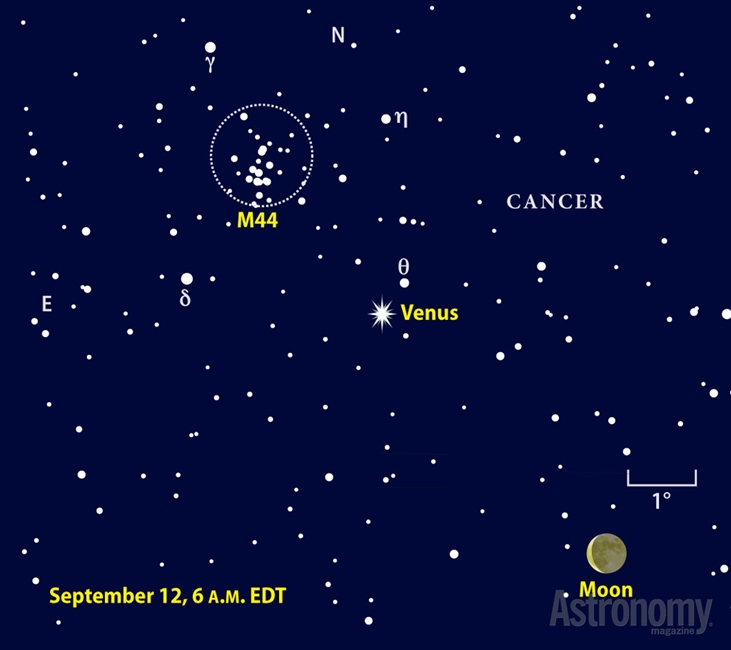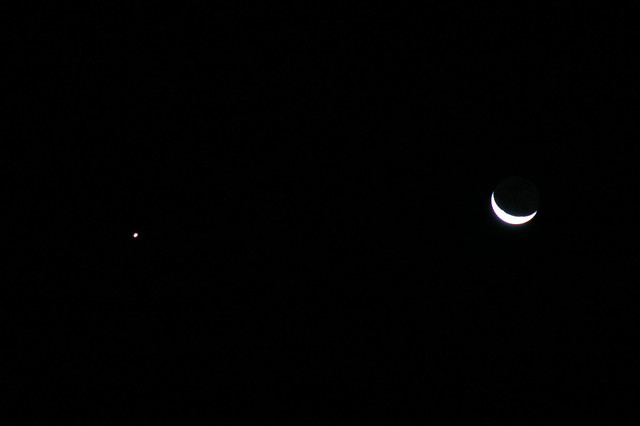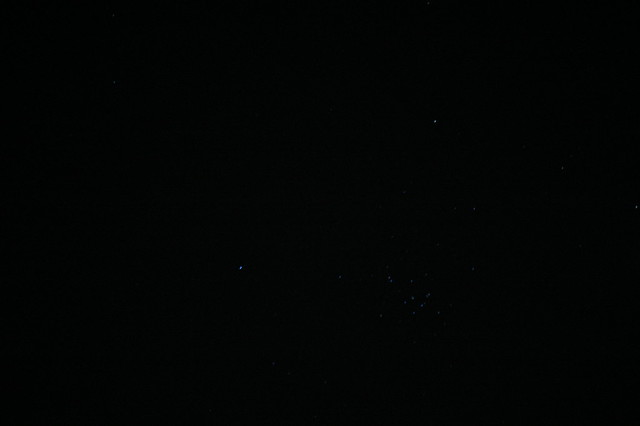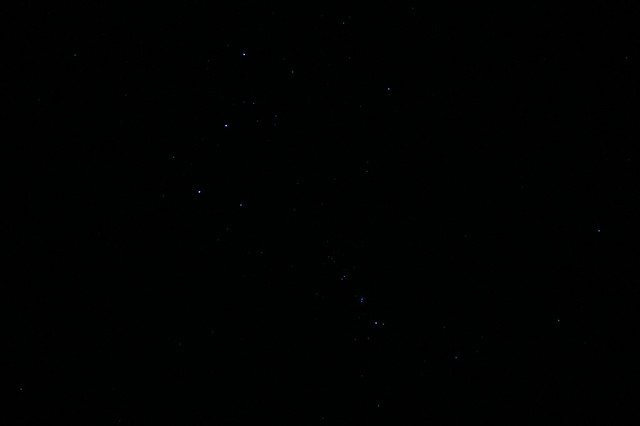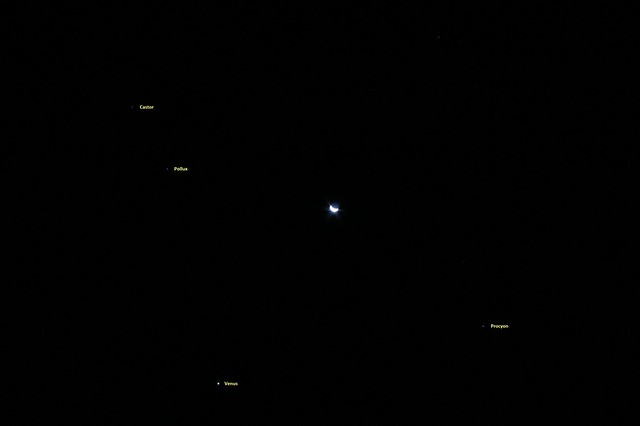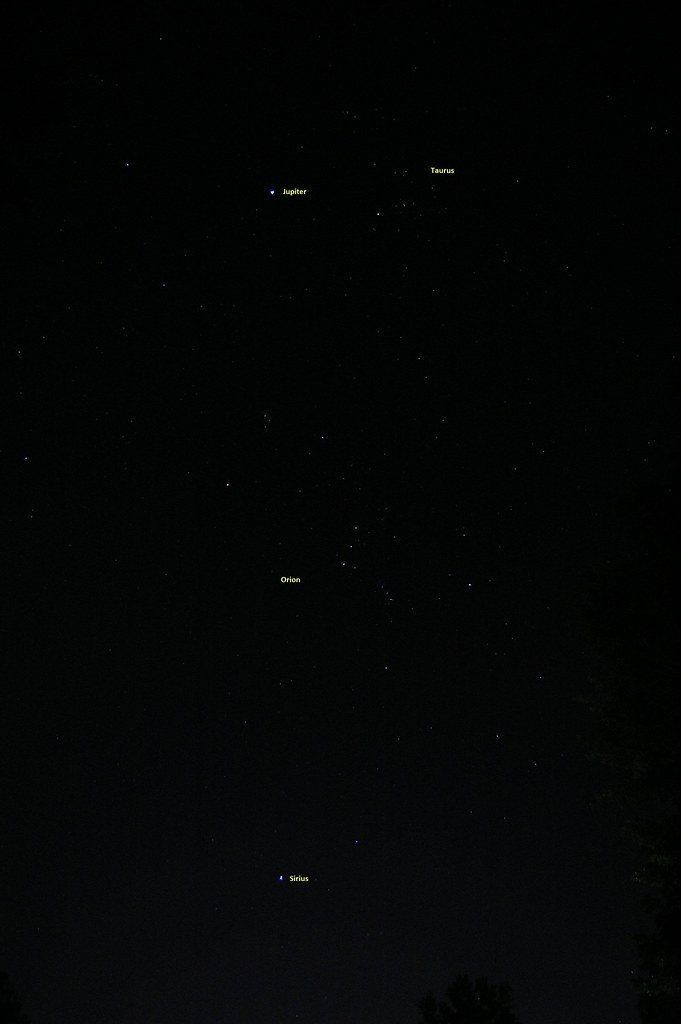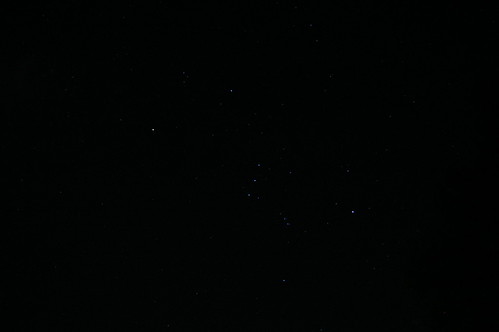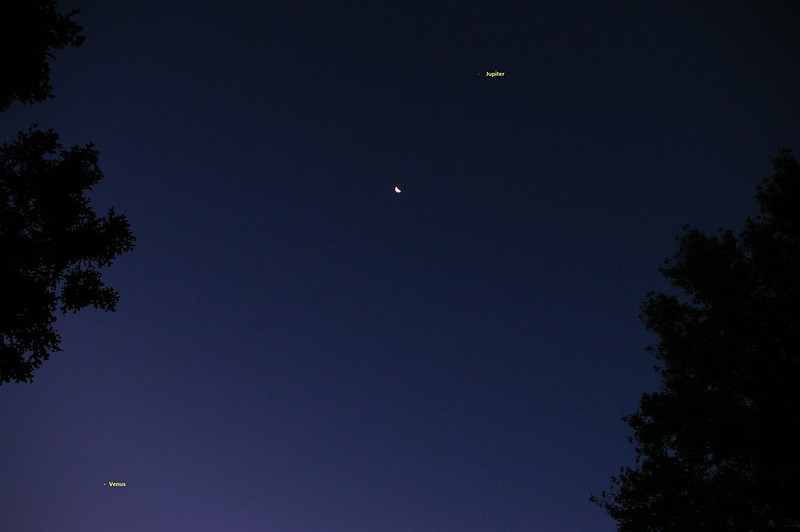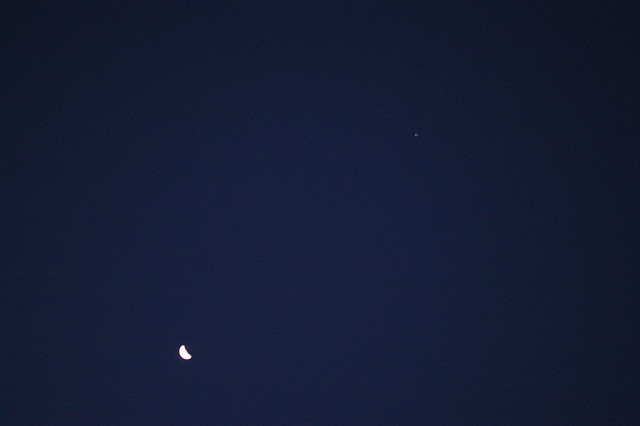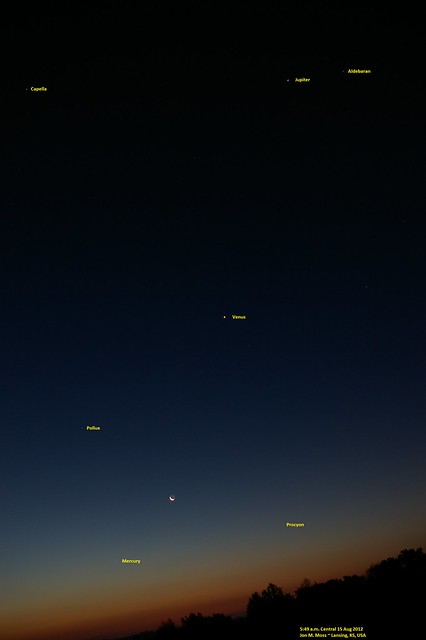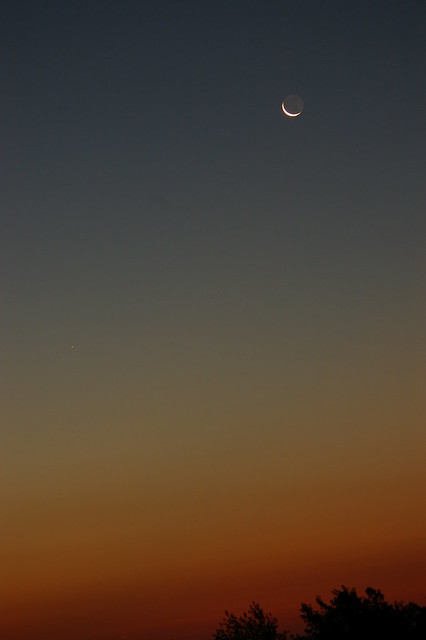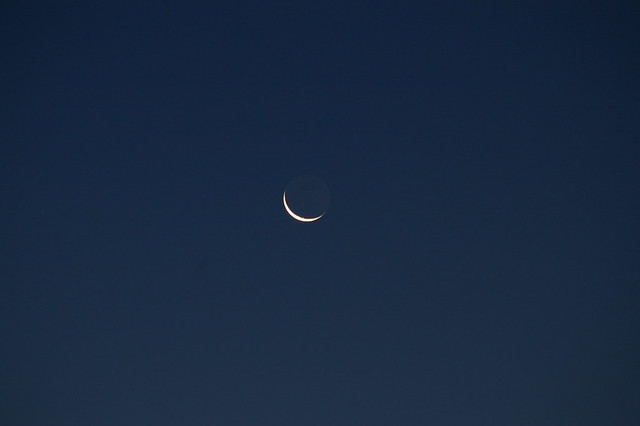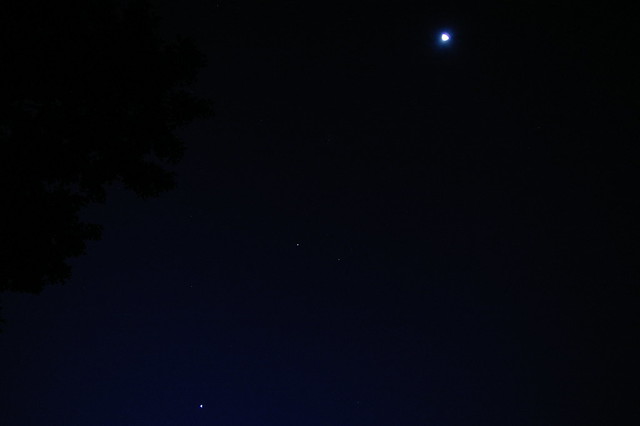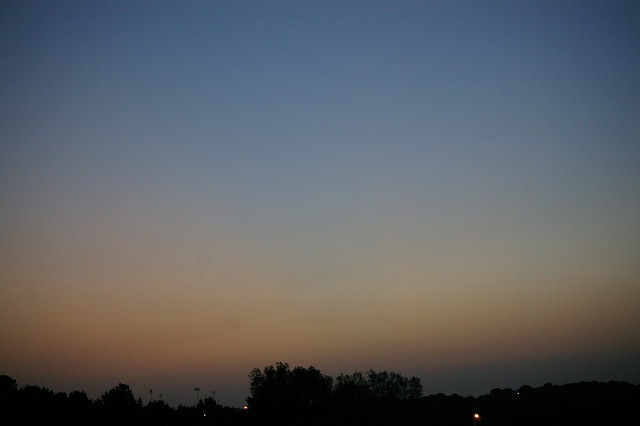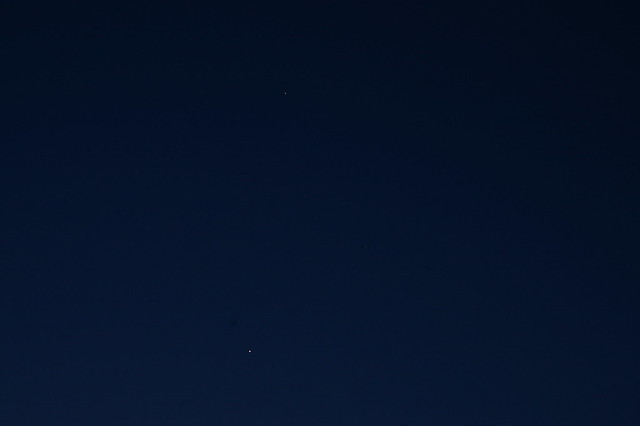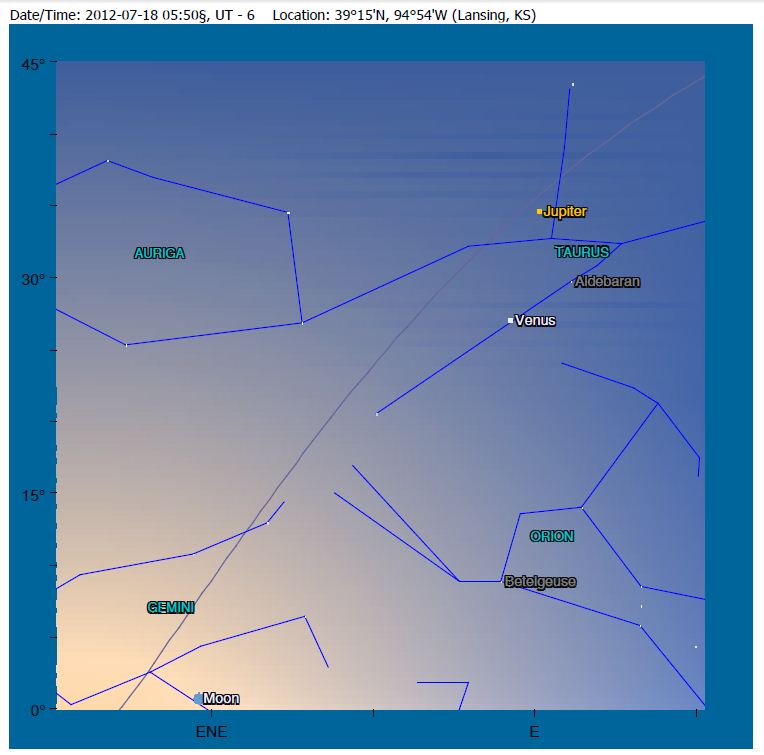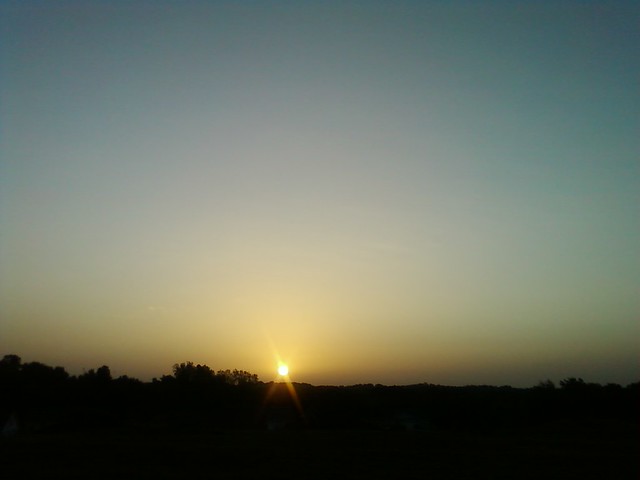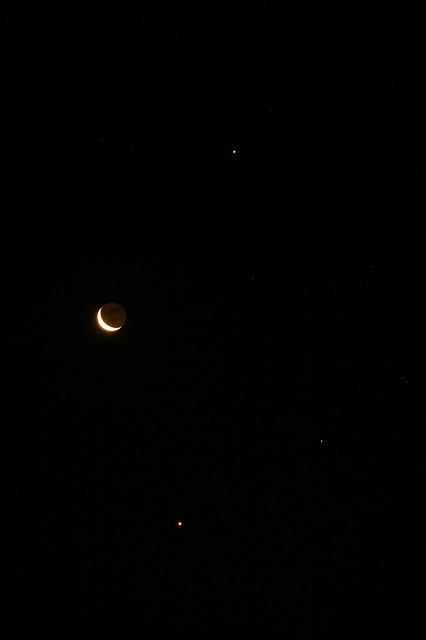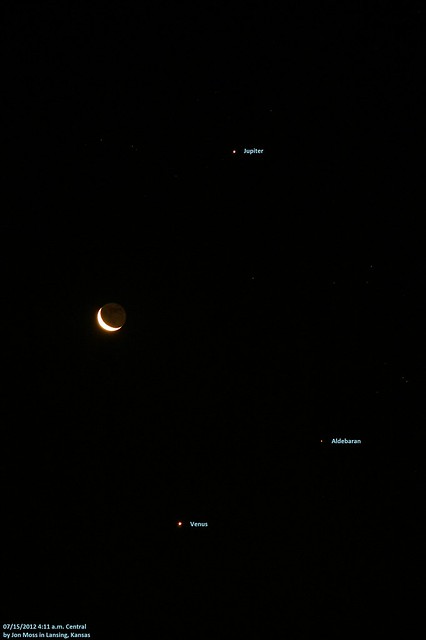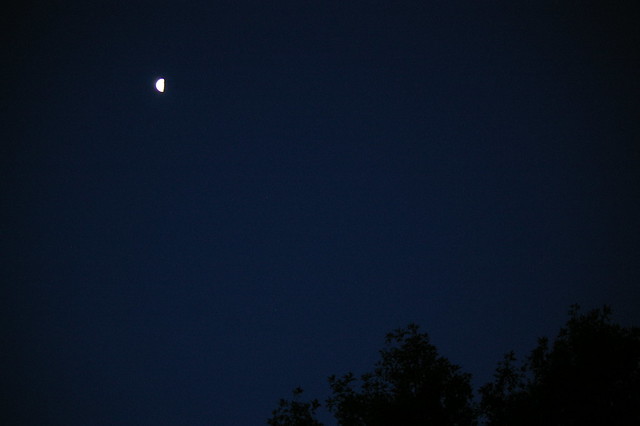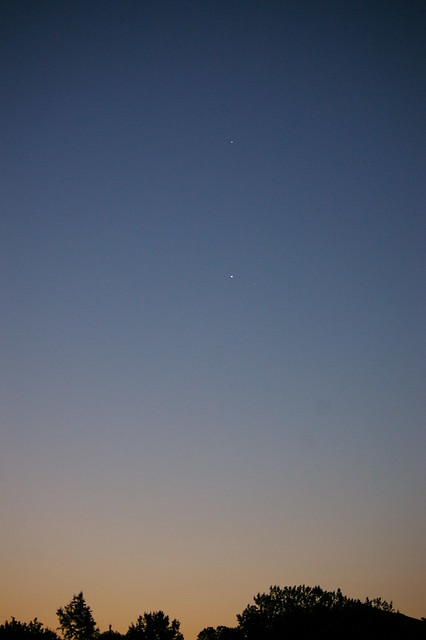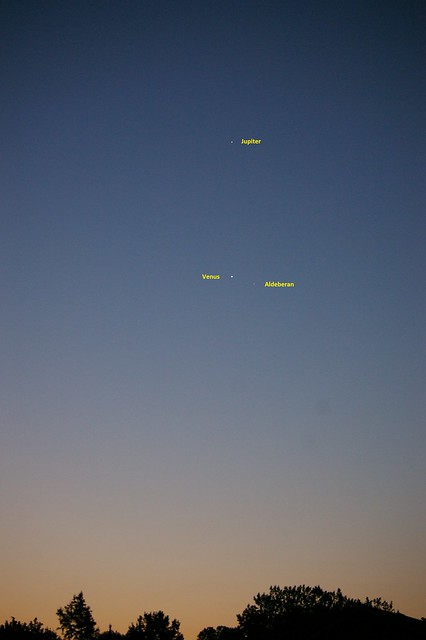 Despite a busy weekend of van maintenance (oil change/tire rotation), hair maintenance (shampoo, cut & style), yard maintenance (leaves, leaves and more leaves and now pine needles), home improvement projects (refinishing lower kitchen cabinets) and exercise (very long walk with Apollo), I squeezed in an hour of star gazing after a night out with Terry and friends at Jack Stack on the Plaza. I’ve been wanting to get the scope out for a couple of weeks now, but the evening skies have not cooperated, remaining hazy at best or completely cloud covered at their worst. Upon parking the car in the driveway Saturday night, I looked up and decided the skies looked good enough to attempt some star gazing. I didn’t even take my purse into the house. I drug the telescope out of the garage and began hunting down more targets on my Astro Quest observing award checklist.
Despite a busy weekend of van maintenance (oil change/tire rotation), hair maintenance (shampoo, cut & style), yard maintenance (leaves, leaves and more leaves and now pine needles), home improvement projects (refinishing lower kitchen cabinets) and exercise (very long walk with Apollo), I squeezed in an hour of star gazing after a night out with Terry and friends at Jack Stack on the Plaza. I’ve been wanting to get the scope out for a couple of weeks now, but the evening skies have not cooperated, remaining hazy at best or completely cloud covered at their worst. Upon parking the car in the driveway Saturday night, I looked up and decided the skies looked good enough to attempt some star gazing. I didn’t even take my purse into the house. I drug the telescope out of the garage and began hunting down more targets on my Astro Quest observing award checklist.
 I did make one trip inside to retrieve my binoculars, pocket star atlas, clipboard and checklist. I used Jupiter to re-align the finderscope and spent several minutes enjoying an interesting moon alignment (see image above).
I did make one trip inside to retrieve my binoculars, pocket star atlas, clipboard and checklist. I used Jupiter to re-align the finderscope and spent several minutes enjoying an interesting moon alignment (see image above).
 Using binoculars, I easily found the Andromeda galaxy and the Double Cluster (between Perseus and Cassiopeia). I checked off two stars from my list, Algol in Perseus and Gamma Cassiopeiae. Since the constellation Pegasus was nearly directly overhead, I went hunting for the Triangulum galaxy, also known as M33. I could barely see the three stars in the constellation Triangulum, but no matter how hard I searched (with binoculars, not naked eye), I could not find this galaxy. I should have been able to trace a line from M31 through two stars in the constellation Andremeda (Mu and Beta Andromedae) to find M33, but I was defeated once again by urban (and prison) light pollution. I had hoped to stumble upon it with binoculars, especially since M31 was so easily visible and found (almost naked eye Saturday night, but not quite).
Using binoculars, I easily found the Andromeda galaxy and the Double Cluster (between Perseus and Cassiopeia). I checked off two stars from my list, Algol in Perseus and Gamma Cassiopeiae. Since the constellation Pegasus was nearly directly overhead, I went hunting for the Triangulum galaxy, also known as M33. I could barely see the three stars in the constellation Triangulum, but no matter how hard I searched (with binoculars, not naked eye), I could not find this galaxy. I should have been able to trace a line from M31 through two stars in the constellation Andremeda (Mu and Beta Andromedae) to find M33, but I was defeated once again by urban (and prison) light pollution. I had hoped to stumble upon it with binoculars, especially since M31 was so easily visible and found (almost naked eye Saturday night, but not quite).
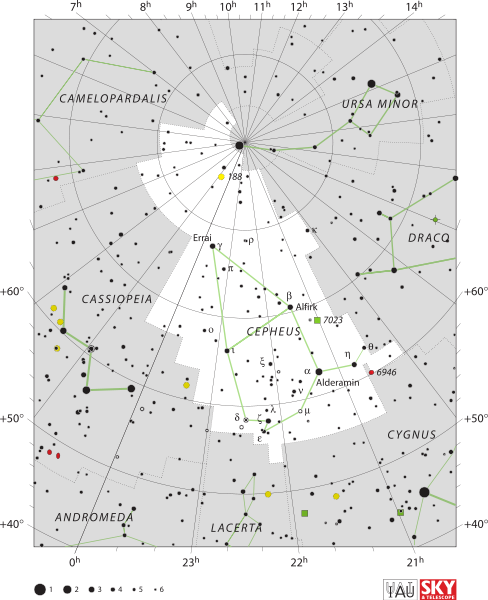
I became more chilled as the evening wore on, neglecting to put on my sweater and just ignoring the 40 degree temperatures. The lack of wind helped shore up my illusion of warmth. I thought I’d try one last object before packing the scope up and returning it to the garage. I went hunting for the Garnet star in the constellation Cepheus. With my naked eyes, I could barely make out some of the stars that form the ‘house’ asterism. I knew the general area to look for Mu Cephei so I aimed my binoculars between the alpha and delta stars. Whoa! Way, way too many stars visible, thanks to the backdrop of our own Milky Way galaxy. Staring again with just my eyes, I squinted against the light pollution, but could still only see some of the anchor stars of Cepheus and no Milky Way stars.
I gave up, because I knew I would need to study several star atlases closely and device a star hop from Alpha Cephei to Mu Cephei, a trail I would need to memorize, so I wouldn’t have to take my reading glasses on and off while attempting to observe.

Another star trail I need to work on is finding M15 in the constellation Pegasus. I really shouldn’t have had any trouble finding M15, since you can draw a nearly strait line from Theta Pegasi through Epsilon Pegasi to point to that globular cluster. Either my skies were not dark enough, or I kept misidentifying Enif (Epsilon Pegasi) in my binoculars.

